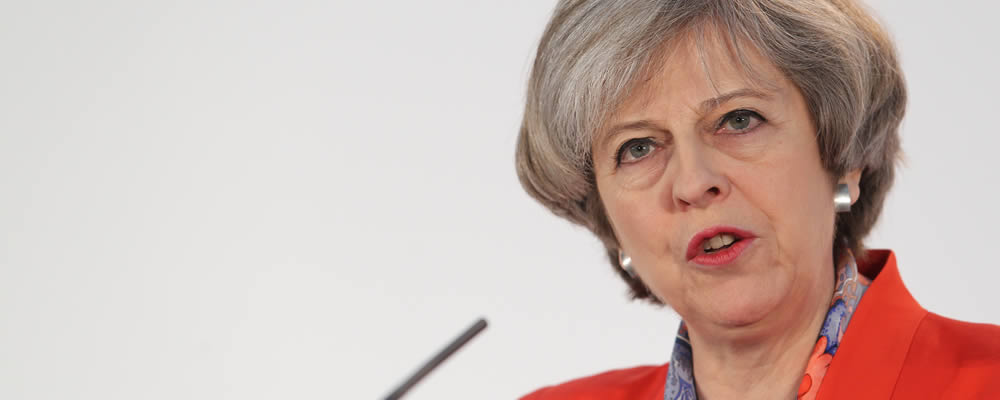Contentious Issue of Irish Border Continued to Complicate Brexit Negotiations, with EUR/GBP Exchange Rate Racing Higher after UK Rejects Initial EU Position
UK Prime Minister Theresa May yesterday immediately rejected the EU’s first draft of Brexit legislation due to the bloc’s plans for Northern Ireland to remain part of the customs union, pushing the EUR/GBP exchange rate higher as Pound Sterling slumped.
The Euro was also supported by a strong run of domestic data released yesterday morning, which showed stronger-than-expected year-on-year French gross domestic product during the fourth-quarter of 2017 and a sharper-than-expected fall in German unemployment during February.
Although the Eurozone consumer price index slowed from 1.3% to 1.2% as economists had expected, core prices continue to grow at the 1% predicted, meaning that underlying inflationary pressures have not weakened, even if they are currently stuck at low levels.
A slightly larger-than-expected decline in the German GfK consumer confidence index for March, which dropped from 11 to 10.8 instead of to 10.9 was ignored, given that the overall picture for the Eurozone economy remained rosy.
Pound Slumps, Pushing EUR/GBP Exchange Rate Higher as May Rejects EU Proposal for Irish Border
The Irish border has long been a sticking point in Brexit negotiations and the EUR/GBP exchange rate was pushed higher yesterday as traders feared the issue could once again derail Brexit negotiations.
The latest Pound weakness comes after Prime Minister Theresa May rejected the EU’s first draft of its Brexit legislation; its 120-page document that included stipulations that Northern Ireland may have to remain inside the customs union and under the jurisdiction of the European Court of Justice, in order to avoid a hard border between the Republic and the North.
In a move that is likely to sour relations with Brussels and could threaten to delay the start of trade talks this month, Theresa May said of the idea;
‘No United Kingdom Prime Minister could ever agree to it. I will be making it crystal clear to President Juncker and others that we will never do so.’
‘We are committed to ensuring that we see no hard border between Northern Ireland and Ireland.’
May is expected to give a speech later this week in which she will set out the government’s approach to the transitional period and trade negotiations; this could be difficult for her considering tensions over the Irish border will remain the elephant in the room and the EU have already lambasted the government’s plans before they’ve even been announced.
EUR/GBP Exchange Rate Predicted to Rise if Eurozone Unemployment Rate Falls as Forecast
Tomorrow’s Eurozone data could push the EUR/GBP exchange rate higher if consensus market expectations are met.
Finalised manufacturing PMIs for France, Germany and the Eurozone as a whole aren’t expected to be revised from initial estimates, although the Italian manufacturing index is predicted to print at 58 after an earlier reading of 59.
However, markets will likely focus on the Eurozone unemployment rate, which is predicted to drop from 8.7% to 8.6%.
Meanwhile, figures are expected to show that the Italian economy expanded 1.7% during the course of 2017, compared to growth of 0.9% in 2016.
Altogether, this will continue to paint a picture of a strong Eurozone economy, helping to support the Euro higher.
Meanwhile, if forecasts are correct, the latest UK data could see the Pound weaken, further benefitting the EUR/GBP exchange rate.
Consumer credit is expected to fall; another sign that households are tightening their belts, which may weigh on the outlook for the UK’s vital services sector.
The latest Markit UK manufacturing PMI is expected to show a mild weakening from 55.3 to 55; the index fell in January as well, so another drop would see the Pound slump as markets fear the UK economy is set to slow this year after performing sluggishly during 2017.



